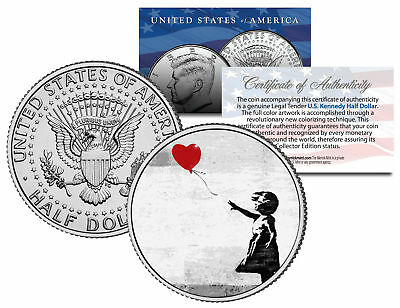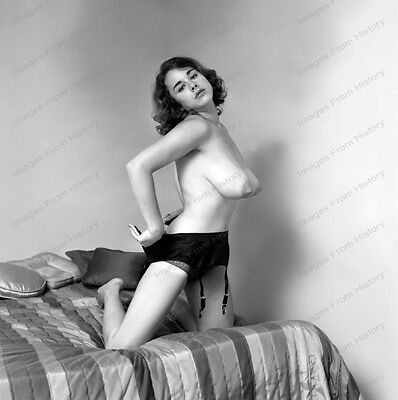-40%
Plate Photo Stereoscopic Photography: Castle Of Pau Towards 1930
$ 5.79
- Description
- Size Guide
Description
pH 33Dimensions
: 10.5cm by 4.5cm
Glass stereoscopic plate. .
Quick and neat delivery .
Started by the viscounts of Béarn in the 11th century, and in particular by Centulle the Elder, the castle was gradually built throughout the Middle Ages. It is above all a military work, it is a typical fortified castle, built at the top of the small hill which dominates the Gave delimited by the Hédas ravine.
From its construction, it took on symbolic importance: three stakes (paü, in Bearn) were installed to designate the limits of the future castle. This therefore designates, by metonymy, the city itself. These stakes, symbolizing fidelity and righteousness, are each presented as the axis mundi, in a Béarnaise version.
In the 12th and 13th centuries, the successive dynasties of the Viscounts of Béarn had three towers built on this fortress, which were named Mazères, Billère and Montaüser (Monte Oiseau).
Gaston Febus
The 14th century saw the appearance of an emblematic character of Béarn, who left his mark on the castle: Gaston III of Foix-Béarn, better known as Gaston Fébus. This warlord, in a delicate situation since, through his possessions, under the governance of the enemy kingdoms of France and England, made Béarn, "gift of God", a region
Started by the viscounts of Béarn in the 11th century, and in particular by Centulle the Elder, the castle was gradually built throughout the Middle Ages. It is above all a military work, it is a typical fortified castle, built at the top of the small hill which dominates the Gave delimited by the Hédas ravine. From its construction, it took on symbolic importance: three stakes (paü, in Bearn) were installed to designate the limits of the future castle. This therefore designates, by metonymy, the city itself. These stakes, symbolizing fidelity and righteousness, are each presented as the axis mundi, in a Béarnaise version. The 14th century saw the appearance of an emblematic character of Béarn, who left his mark on the castle: Gaston III of Foix-Béarn, better known as Gaston Fébus. This wa









